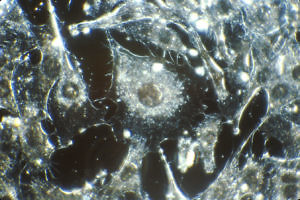Critical Analysis of the Emerging Trispecific Landscape

Dawn of a new era or a setting sun on a tricky approach…
Three is a magic number – except when it isn’t.
Trispecific antibodies are one of the emerging stars on the multispecific stage, promising to hit not one, not two, but three targets with a single swing. It’s a tempting idea – who doesn’t love a good triple play?
With great ambition also comes great complexity, and not every design is ready for primetime.
At this year’s AACR, the trispecific party got a little louder.
From PD-1/CTLA-4/VEGF mashups to CD3-based T cell whisperers, the posters are brimming with innovation – and more than a few eyebrow-raisers.
So before we get swept up in the hype, let’s pause and ask a provocative question: is this a triple threat or a triple headache waiting to happen?
To continue reading our latest highlights on oncology new product development including commentary and analysis BSB subscribers can log-in or you can click to access the content.
This content is restricted to subscribers
 One of the many challenges in the oncology space is seeing the bigger picture of how companies evolve their early stage pipelines.
One of the many challenges in the oncology space is seeing the bigger picture of how companies evolve their early stage pipelines. In this latest article, we highlight ten areas within the niche and include an array of companies, both big and small, across Pharma and Biotechs.
In this latest article, we highlight ten areas within the niche and include an array of companies, both big and small, across Pharma and Biotechs.

 Much has been written about the impact of cancer immunotherapies, particularly the twin pillars of checkpoint blockade and CAR T cell therapies, but beyond that lies a huge wealth of alternative approaches that may come in very useful indeed.
Much has been written about the impact of cancer immunotherapies, particularly the twin pillars of checkpoint blockade and CAR T cell therapies, but beyond that lies a huge wealth of alternative approaches that may come in very useful indeed.